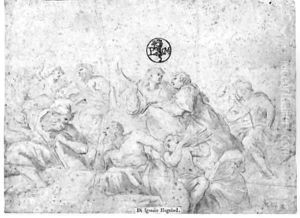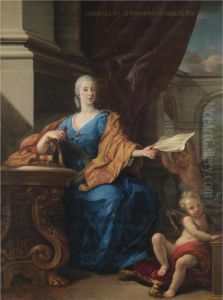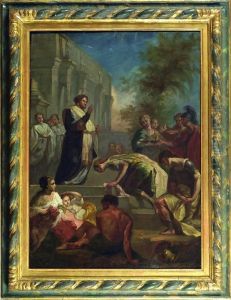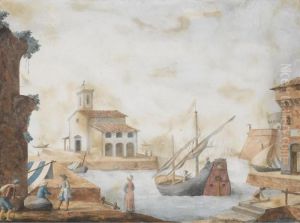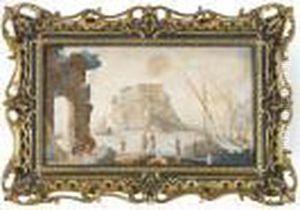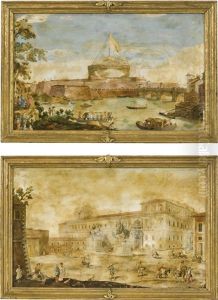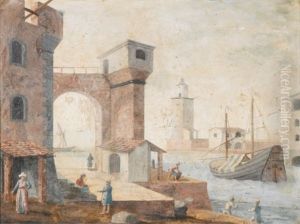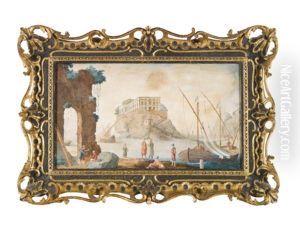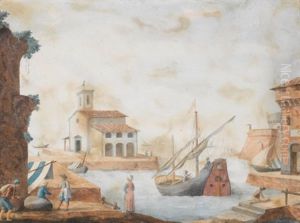Ignazio Enrico Hugford Paintings
Ignazio Enrico Hugford was an 18th-century painter, engraver, and art historian, born in 1703 in Florence, Italy. His contributions to the art world during the Enlightenment period were significant, especially in the context of the Grand Tour, a period when young European aristocrats and scholars traveled across Europe to absorb culture, art, and history. Hugford's work and scholarly pursuits were deeply influenced by the cultural milieu of his time, reflecting the broader interests in classical antiquity and the Renaissance that characterized the era.
Hugford was educated in the vibrant artistic and intellectual environment of Florence, a city that had been at the forefront of the Renaissance. He was a pupil of the painter Giovanni Gioseffo dal Sole in Bologna, which helped him develop a refined style that combined elements of the Baroque with the emerging sensibilities of the Rococo. His paintings often depicted religious and mythological subjects, marked by elegant compositions and a delicate use of color. Beyond painting, Hugford was also skilled in engraving, a medium through which he contributed to the dissemination of artistic and historical knowledge.
Aside from his artistic practice, Hugford was an avid collector and art historian. He was deeply engaged in the study of earlier masters, and his writings helped to shape contemporary understanding of art history. He played a crucial role in the preservation of artworks and in the promotion of art education, founding the Accademia del Disegno in Florence, which was pivotal in nurturing the talents of young artists.
Hugford's legacy is multifaceted. As an artist, his works are remembered for their grace and historical significance. As a collector and historian, his efforts in preserving the art of the past and in promoting the study of art have had a lasting impact on the field. He died in 1778, leaving behind a rich body of work that continues to be studied and admired for its contribution to the development of 18th-century European art.
